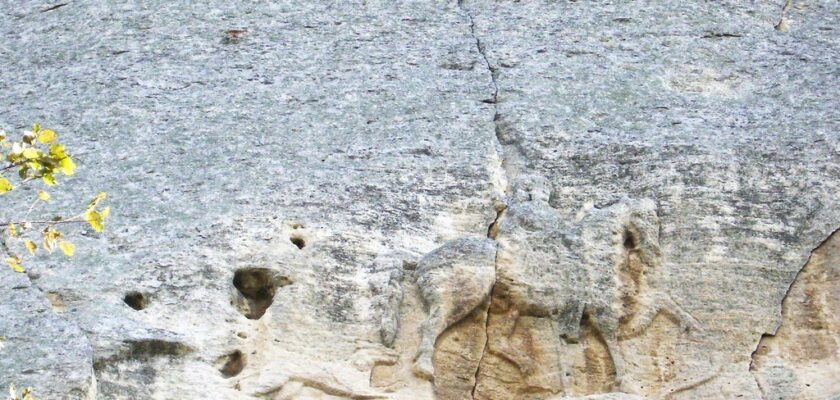Madara Rider
Madara Rider is an ancient image of a rider carved on a steep cliff near the Bulgarian village of Madara. Since 1979, the only monumental stone relief of the 8th century in Europe has been inscribed by UNESCO as a World Heritage Site.
In 1981, when Bulgaria celebrated the 1300th anniversary of its statehood, an image of the expressive rock relief was minted on one of the commemorative coins. In addition, the Republic of Bulgaria has established the Order of the Madar Horseman, which is awarded to Bulgarians and citizens of foreign countries who have made a great contribution to the development of bilateral relations with this country.
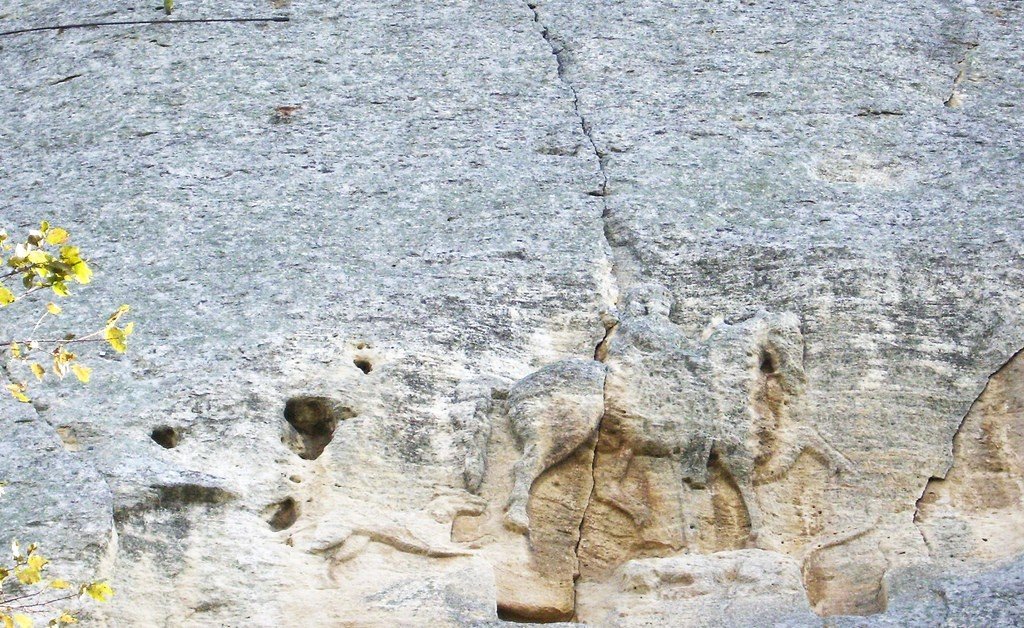
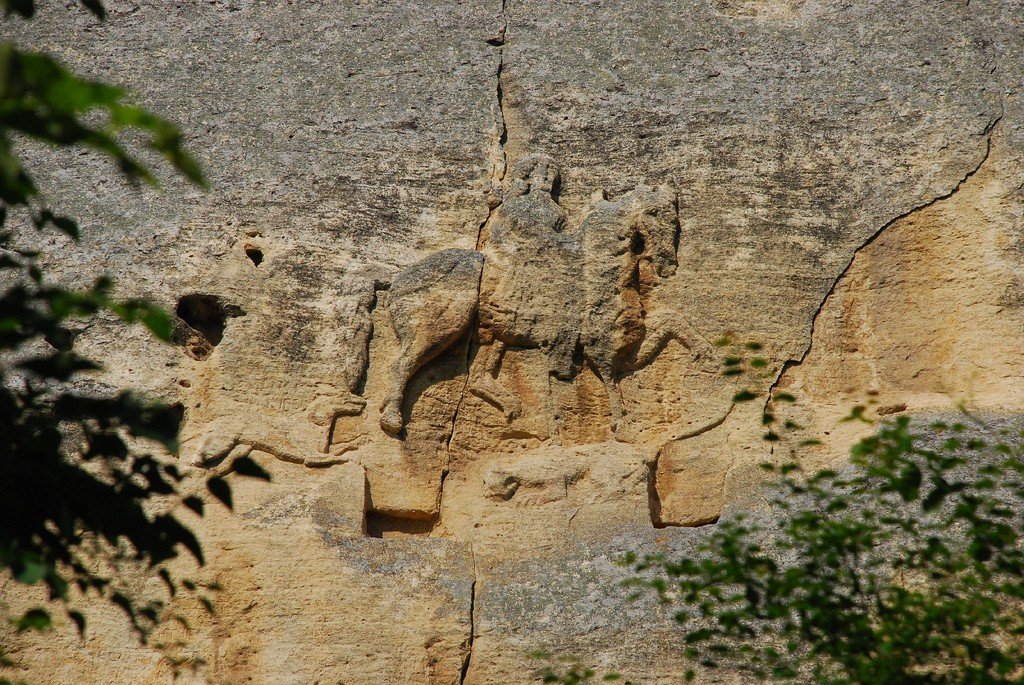
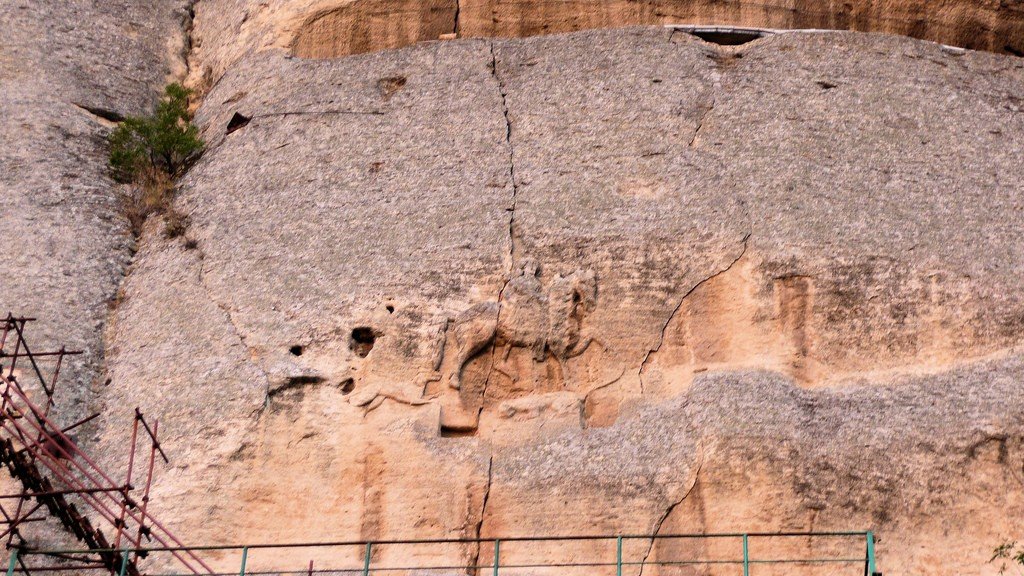
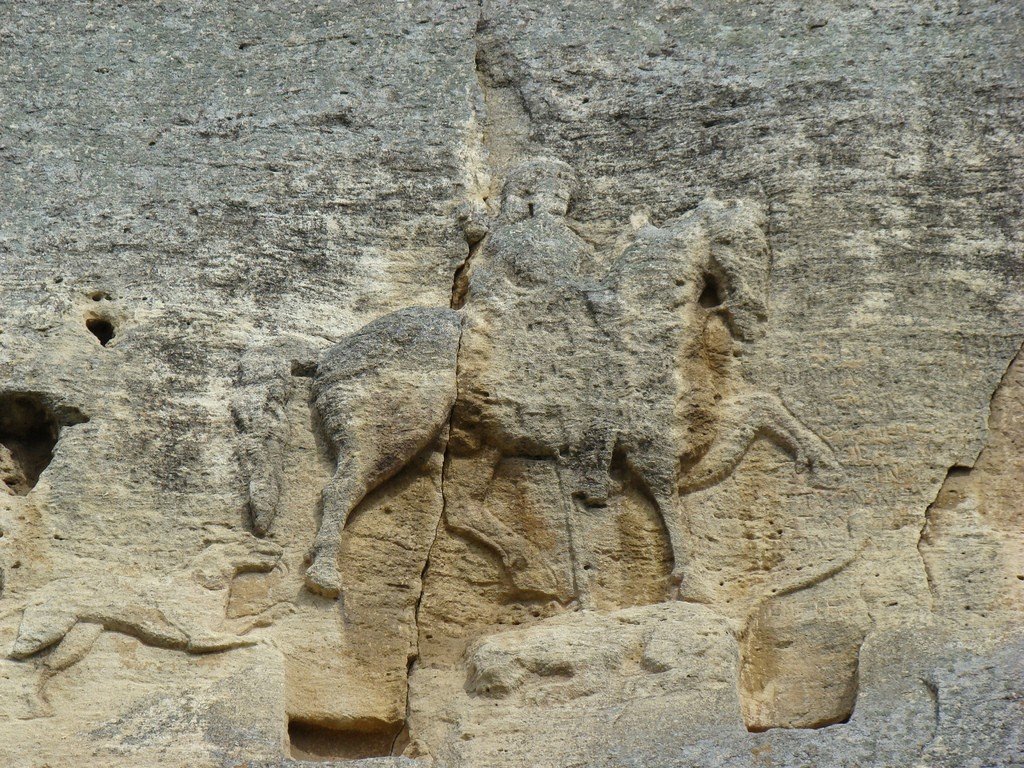
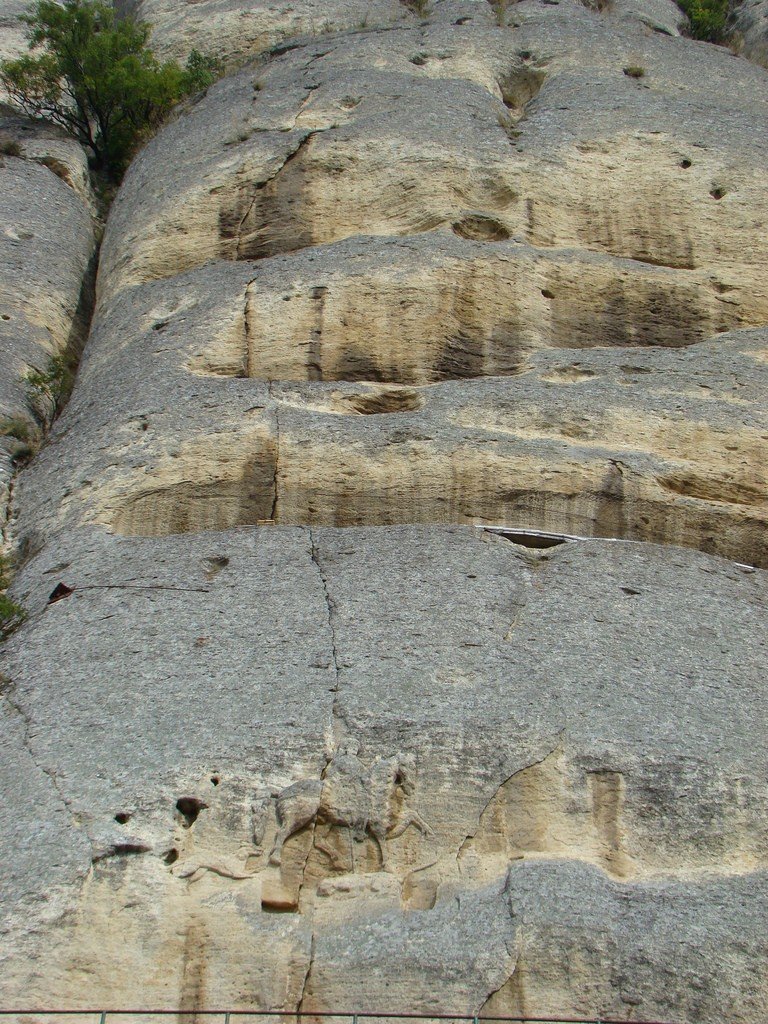
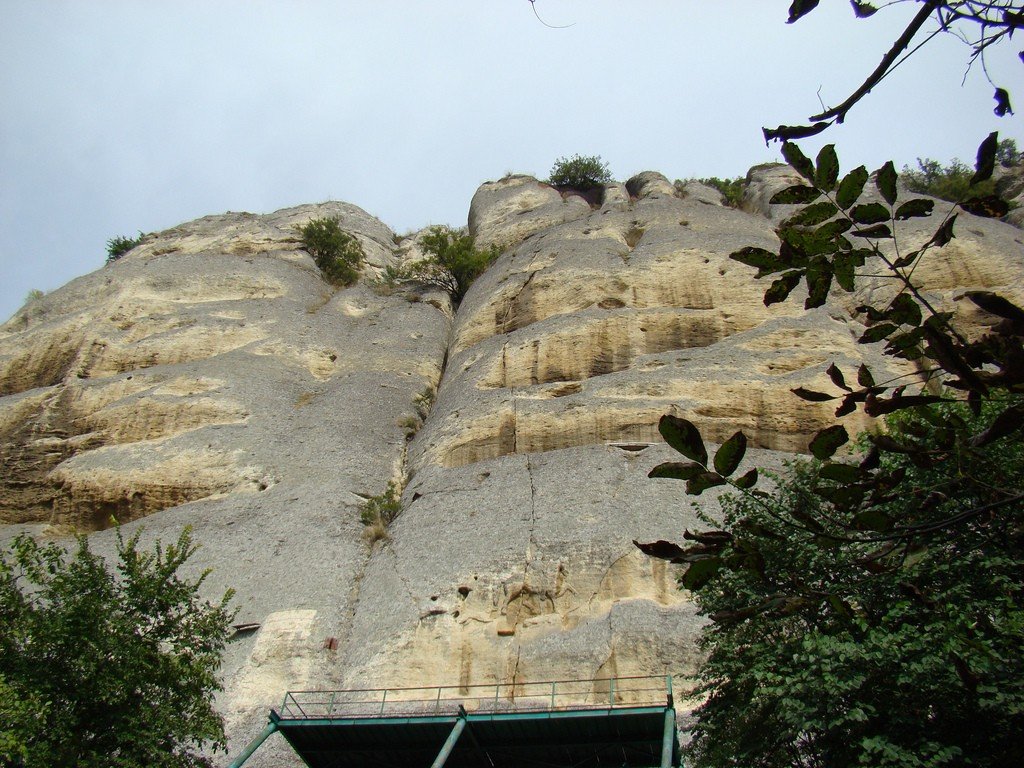
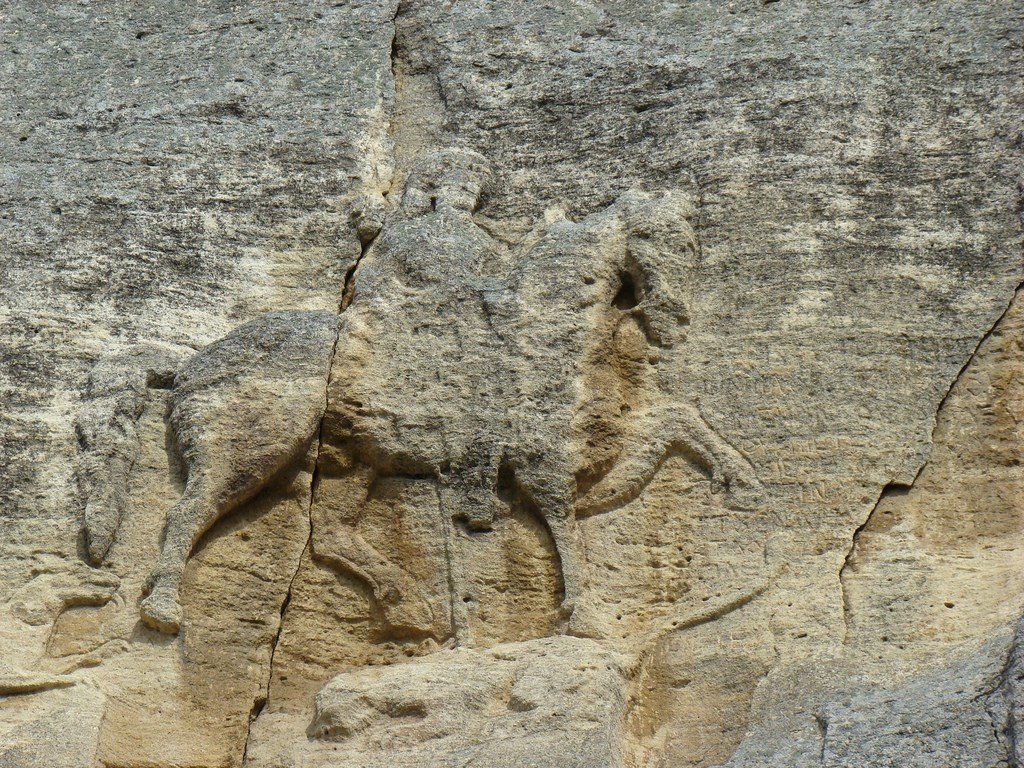
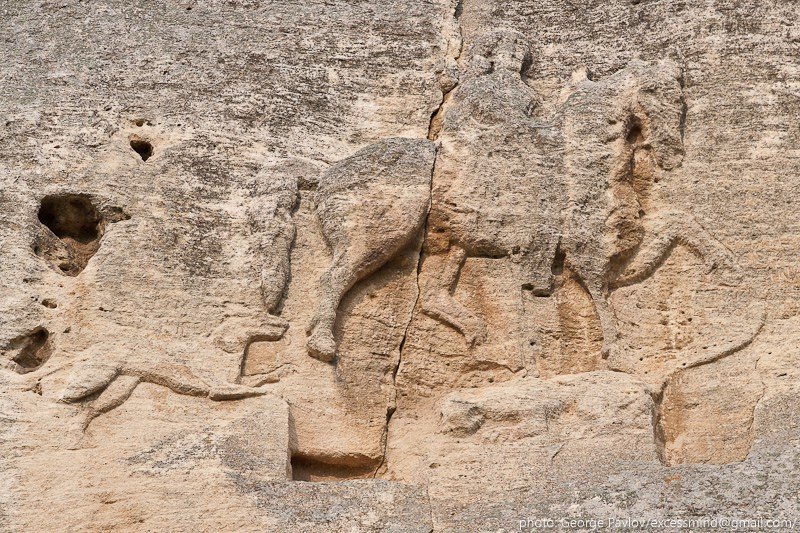
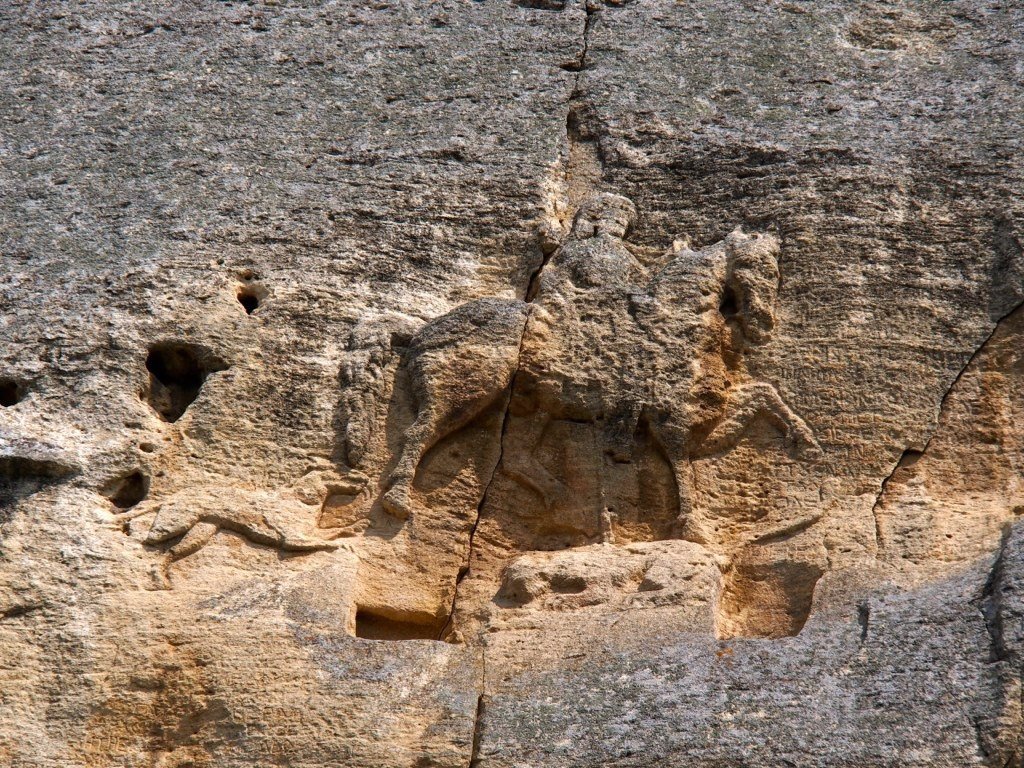
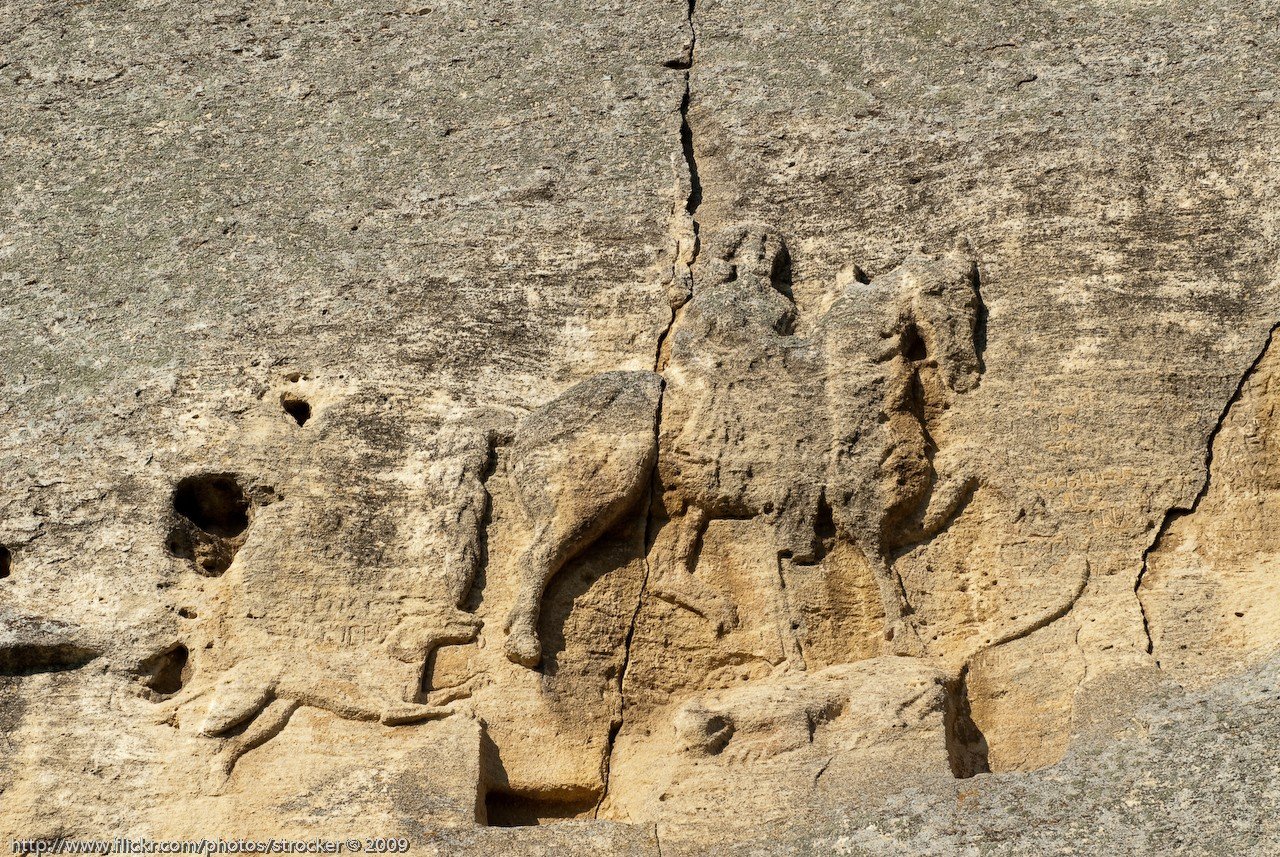
General information
Regarding the time of creation of the relief and who is depicted on it, there are several versions. According to one of them, the relief on the mountain could appear in 710, when the surrounding lands ruled by the Khan of Danube Bulgaria Tervel. Some researchers are sure that on the rock you can see the Khan himself. Others believe that the Madarsky horseman was created by the hands of the ancient Thracians and represents the Thracian god. Someone adheres to the version that on a steep rock preserved the image of the Slavic god Svyatovit, which was carved at the end of the VI century.
.
The archaeological monument was found in 1872, thanks to the Austrian researcher and ethnographer Felix Philipp Kanitz. A huge contribution to the study of the find was made by the Czech and Bulgarian archaeologist Karel Škorpil.
.
Nowadays, the ancient relief has become a popular tourist attraction. It is reached by climbing a stone staircase of 400 steps. Several caves have been preserved around it, which were used by Stone Age people and the first Christians. The archaeological monument is open to tourists in summer from 8.00 to 19.00, and in winter from 8.00 to 16.00. There is a fee for visiting, photographing and videotaping the Madara Horseman.
.What can be seen at the rock today
The relief is on a sheer cliff, 23 meters above the ground. It is life-size and measures 3 meters by 2.5 meters, however, from afar the image appears small.
The Madar rider is seated on a horse and is wearing a helmet and clothing that reaches to his knee. In his left hand he holds the reins from his warhorse, and in his right hand a long spear with which he pierces a downed lion. Near the horse’s hind hooves one can see a dog, which the Proto-Bulgarians treated as a sacred animal. In favor of the fact that the relief appeared on the mountain during the reign of Trevel, says the fact that the rider’s legs are in stirrups. Before the first nomadic tribes of Bulgarians appeared in the Balkan Mountains, the locals did not use stirrups.
.
Around the rider can be seen three inscriptions carved into the rock in Greek. These texts tell about important events that took place in the ancient Bulgarian state. It is believed that the first inscription was made in the early 8th century, and the other two were carved during the reign of the khans Krum (796-814) and Omurtag (814-831). It is noteworthy that in this rock chronicle the name “Bulgarians” is mentioned for the first time.”
.
From the folds of the rocks of Madara Mountain constantly oozes water, which believers consider sacred. At the top are the ruins of the Madara fortress or “Bulgarian Troy”, founded at the end of the IV century and existed for almost 10 centuries, until the conquest of these lands by the Ottoman Turks. At the foot of the mountain range are the remains of a Roman villa. All these sights are part of the historical and archaeological reserve “Madar”..How to get there
The rock with the Madar Horseman is located 1.5 km east of the village of Madara and 380 km from the capital city of Sofia. Many travelers come here as part of sightseeing tours organized from the Bulgarian city of Varna.
.
Those who want to come to the archaeological monument on their own, from Varna by bus to the town of Shumen, which is located 20 km from the Madara Horseman. From there, it is not difficult to reach the desired place by cab or rented car.
>